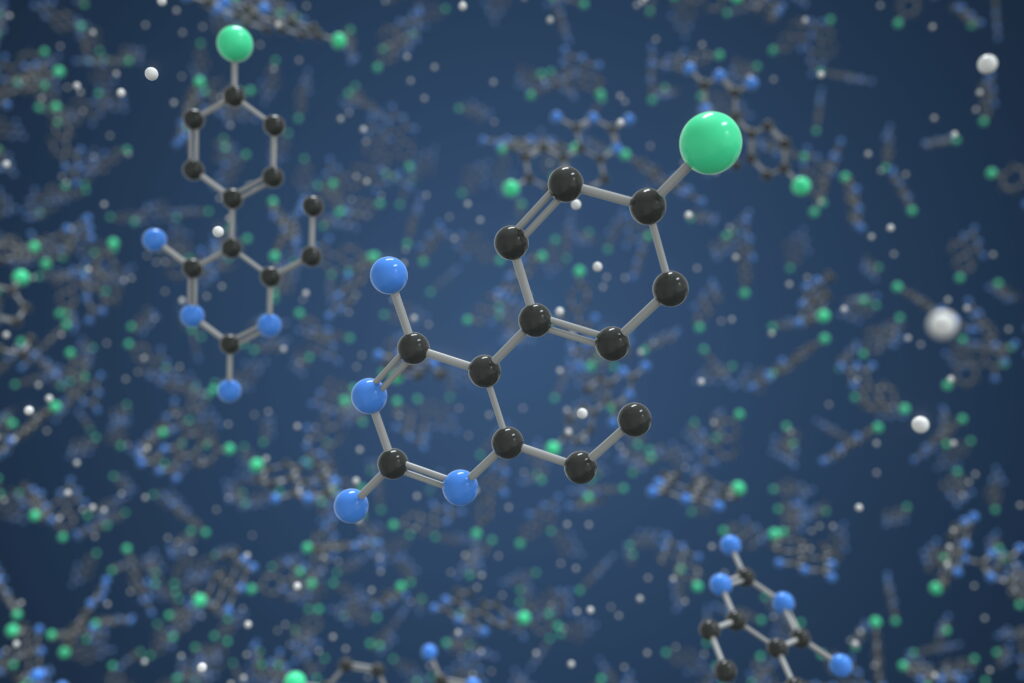Science has published a letter by myself responding to Sean Carroll’s earlier review of The Edge of Evolution. In my letter I note that:
In his unfavorable review of my book, The Edge of Evolution, Sean Carroll writes that “Behe’s chief error is minimizing the power of natural selection to act cumulatively,” and implies that I fail to discuss “pyrimethamine resistance in malarial parasites … –a notable omission given Behe’s extensive discussion of malarial drug resistance.
But, I demurred, I did write about pyrimethamine. Carroll admitted in Science right after my published letter that, well, yes, I did discuss pyrimethamine resistance, but his real concern was that I didn’t give it the spin he wanted:
Behe did indeed discuss pyrimethamine resistance on pages 75 and 76 of his book. My criticism is that Behe omitted the clear evidence for the cumulative selection of multiple changes in the drug target protein in nature and that he invoked an altogether different and unsupported explanation in an attempt to bolster his main premise.
Carroll’s beef is that several papers he cites (W. Sirawaraporn et al., Proc. Natl. Acad. Sci. U.S.A. 94, 1124 (1997); J. Yuvaniyama et al., Nat. Struct. Biol. 10, 357 (2003); C. I. Sandefur, J. M. Wooden, I. K. Quaye, W. Sirawaraporn, C. H. Sibley,Mol. Biochem. Parasitol. 154,1 (2007)) have shown that, in the laboratory, in some respects intermediate mutations in the enzyme-target of pyrimethamine have better activity than the wild-type enzyme. But this data proves too much. If the mutations improve the enzyme in vitro, then that begs the question of why organisms with these mutations don’t outcompete the wild type in nature, even in the absence of pyrimethamine.
One possibility, which plagues all in vitro work, is that perhaps the mutants have other, detrimental aspects, not measured in an assay, which makes the alteration a net burden in the wild. If that is the case, then the mutant enzyme might run rings around the wild-type enzyme when both are in a test tube in a lab, but could still be a bust in nature.
To see if a particular mutation in a particular enzyme helps an organism to survive in the wild, one has to show that it helps an organism to survive in the wild. None of the papers Carroll cites even tries to do that. On the other hand, the work I cite in my book looked at field studies of organisms in the wild. Workers wondered:
Because resistance to [pyrimethamine] can be conferred by a single point mutation, it was assumed that resistance could occur frequently. However, a recent population survey demonstrated a single origin of [resistant genes] in five countries: Thailand, Myanmar, PDR Lao, Cambodia, and Vietnam. (Hayton,K. and Su,X.Z. 2004. Genetic and biochemical aspects of drug resistance in malaria parasites. Curr. Drug Targets. Infect. Disord. 4:1-10)
It was hypothesized that multiple mutations in different genes might be required:
Because concurrent mutations in two different genes occur at reduced frequency, this would help explain the rarity with which resistance has evolved. (Nair,S., Williams,J.T., Brockman,A., Paiphun,L., Mayxay,M., Newton,P.N., Guthmann,J.P., Smithuis,F.M., Hien,T.T., White,N.J., Nosten,F., and Anderson,T.J. 2003. A selective sweep driven by pyrimethamine treatment in southeast asian malaria parasites. Mol. Biol. Evol.20:1526-1536)
(By the way, Hayton and Su 2004 also remark that, “Based on the mutant pfcrthaplotypes known so far, it is likely that simultaneous multipoint changes in pfcrtare necessary to confer [chloroquine resistance]”.)
Carroll implies I’m somehow less than honest for passing on the thinking of workers in the field in this area, while he passes off as near-conclusive ambiguous work done in vitro.
Toward the end of his lengthy letter Carroll remarks as an aside, “the complete disregard of a massive literature surrounding protein interactions [is] crucial to Behe’s entirely unfounded conclusion.” That’s rich, considering that Science cut out the final paragraph of my letter (Science allowed me about 200 words; they allowed Carroll about 500 words in response), which said:
Carroll writes [in his review], “it has been demonstrated that new protein interactions and protein networks can evolve fairly rapidly.” If he is implying the changes occurred by Darwinian means, “demonstrated” is question-begging. The references he cites [in his review] show only that differences exist in contemporary homologous protein sequences among various phyla, some functional, some not. How the functional differences arose — whether by random mutation and selection or not — is not addressed. On the other hand, studies I cite in my book show that, over thousands of generations, astronomical numbers of closely-studied microorganisms failed to develop new protein interactions or networks.
If there is a “massive literature” on the evolution of protein-protein interactions which is pertinent to the questions I raise, Sean Carroll somehow failed to cite any of it in his review.
